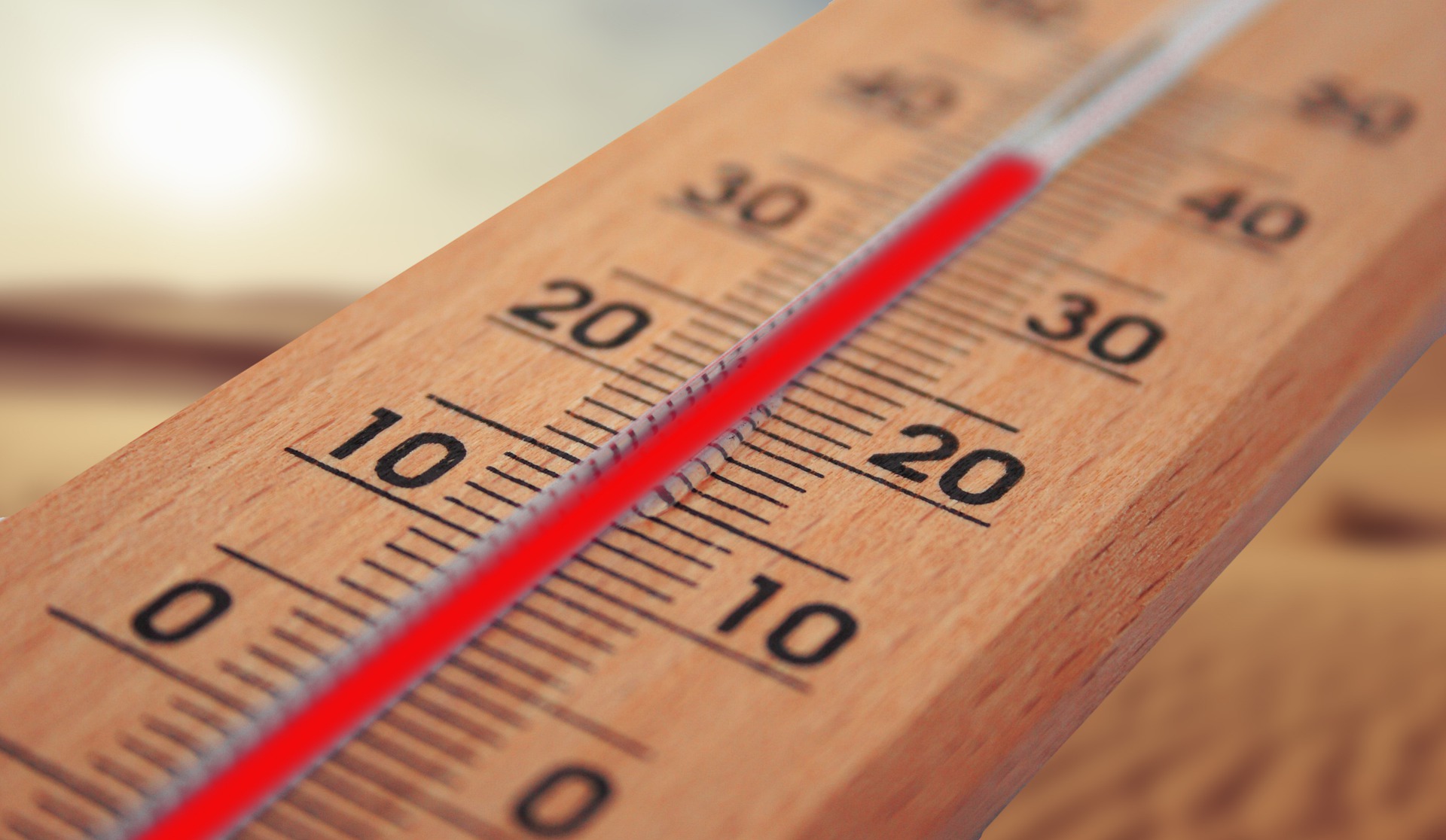Most areas are going to be entering their warmer summer months – and it’s not going unnoticed. Safety organizations like OSHA and Workers Compensation Boards are reminding industries to start training before it’s too late.
According to the US Bureau of labor statistics, fifty-seven deaths occurred to workers ages 55 to 64 from 2011 to 2019. During that period, 144 workers died from environmental heat exposure while they were engaged in construction, repair, or cleaning, and 54 workers died while conducting materials handling operations.
It’s easy to assume that most people use common sense when the temperature starts to rise – if it’s hot, take a break – right? Wrong!
Working outside in the heat exposes workers to the possibility of a heat-related illness. In fact, heat-related fatality cases show that with temperatures above just 70°F/21°C can present a heat hazard when work activities are at or above a moderate workload. The combination of heat and humidity can be a serious health threat during the summer months.
There are three kinds of major heat-related disorders—heat cramps, heat exhaustion and heat stroke. Train your employees know how to recognize each one and what first aid treatment is necessary.
It’s important to warn your workers about the different heat-related illnesses (which, for simplicity’s sake, we’ll refer to collectively as “heat stress”) and remind them to drink lots of water, take breaks, wear appropriate clothing, etc. But is that enough?
Are you confident that you’re doing everything necessary to protect your workers? And if, heaven forbid, a worker were to die of heat stress, would you be liable? Let’s look at your liability risks and what you can do to manage them.
What the Law Says About Heat Stress – US
There is a legal duty to guard workers against heat stress, even though OSHA doesn’t have a specific standard on heat stress. The OSHA General Duty Clause (Section 5(a)(1) of the OSH Act) says that every employer must safeguard workers against “recognized hazards” that can cause great bodily harm or death. Heat stress can cause great bodily harm or death. And it’s a recognized hazard. As a result, all employers must take steps to protect their workers against heat stress.
This isn’t just abstract legal theory. OSHA has invoked the duty to protect workers against heat stress in actual cases.
Example: An Ohio steel and iron castings manufacturer plant with 1,500 workers used molten metal containers that produced tremendous amounts of heat. During a heat wave, one of the workers who worked near a molten metal container collapsed twice from heat stress. After he passed out the first time, the employer tried to cool the work area with large fans and radiant heat shields. But the heat was still unbearable and workers complained to OSHA. An OSHA inspector took measurements and reported the temperature of the worker’s workstation as 95° F. That was just too high in OSHA’s opinion. So it fined the employer for failing to take adequate measures to reduce heat stress hazards in violation of the General Duty Clause [Duriron Co. v. Secretary of Labor, 750 F.2d 28 (6th Cir. 1984)].
The Duriron case isn’t the only source of authority to show that there’s an OSHA duty to protect against heat stress. In a 2001 Interpretation Letter, OSHA stated that it has the right to prosecute employers for not taking measures to deal with heat stress hazards [OSHA Interpretation Letter, Oct. 17, 2001]. The Letter also lists specific steps that employers can take to reduce such hazards including:
- Letting workers drink as much water as they want whenever they want while working in hot conditions;
- Scheduling short shifts and frequent breaks to limit how long workers exert themselves in the heat; and
- Developing a heat stress program that includes specific procedures to be followed for heat-related emergency situations.
In addition to the General Duty Clause, the OSHA Hazardous Waste Operations and Emergency Response Standard, arguably requires prevention of heat stress hazards. For example, it requires employers to adopt personal protective equipment programs that limit workers’ exposures to temperature extremes and heat stress.
The Law of Heat Stress in Canada
Canadian OHS laws are generally clearer and more specific than OSHA about heat stress. At least seven jurisdictions—BC, NB, NL, PEI, QC, SK and YT—include specific measures that employers must take to protect workers against heat stress in their OHS regulations. For example, Part 7 of the BC OHS Regulation requires employers to:
- Limit workers’ exposure to excessive heat;
- Conduct heat stress assessments to determine workers’ risk of hazardous exposure;
- Put into place a heat stress exposure control plan; and
- Implement engineering and administrative controls.
The laws of the other provinces don’t say anything specific about heat stress. But that doesn’t mean employers in those provinces get a free ride. On the contrary, every province has a general duty clause that requires employers to take all reasonable precautions to protect workers against foreseeable risks that can cause death or great bodily harm like the U.S. OSHA statute.
Although the specifics vary slightly, all provinces require at a minimum that employers train employees about heat stress and adopt policies and procedures for working in high temperatures.
Some of the “general duty clause” provinces that don’t spell out specific heat stress measures in their regulations do so in guidelines or special alerts. In essence, these guidelines explain what the General Duty Clause requires respecting heat stress. For example, the Ontario Ministry of Labour has issued guidelines stating that Section 25(2)(h) of the OHS Act—the Ontario version of the general duty clause (which requires employers to “take every precaution reasonable in the circumstances for the protection of a worker”)—requires employers to “develop hot environment policies and procedures to protect workers in hot environments due to hot processes or hot weather.”






